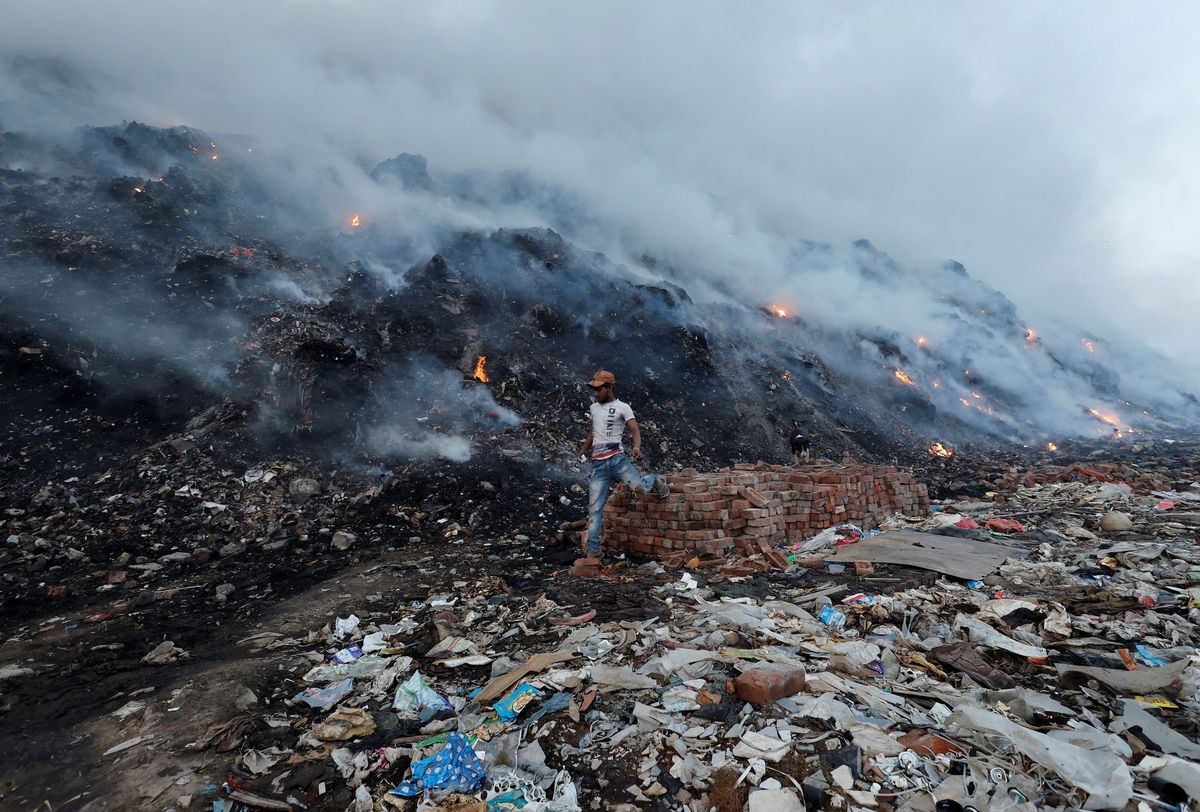India’s heat wave tests “the limits of human survivability,” offering a dark glimpse into the consequences of climate change

A few minutes every morning is all you need.
Stay up to date on the world's Headlines and Human Stories. It's fun, it's factual, it's fluff-free.
India’s unexpected April heat wave has increasingly taken a toll on people’s livelihood, especially for outside laborers who have to work at the forefront of this climate crisis.
Average maximum temperatures in some parts of the country were the highest since records started 122 years ago. For example, last month, New Delhi faced searing temperatures of over 40 degrees Celsius for seven consecutive days. The heat is bad enough that landfills have caught fire, schools have been shut down, crops and energy supplies have been severely affected and many people may face long-term health complications from enduring the sweltering temperatures.
But this is only the beginning, as scientists say that India’s heat wave offers a dark glimpse into what climate change has in store for the world.
Key comments:
“It is very hot," said Sunita, a garbage picker in New Delhi’s northern part, referring to the unbearable combination of landfill fires and heat waves. “We are not able to sleep at night, and if we turn on the fan then smoke comes inside the house."
“People who work outdoors – farmers, those in construction, manual labor – will suffer more. They have less options to cool down and can’t stay away from the heat," said Dr. Chandni Singh, lead author of the Intergovernmental Panel on Climate Change and Senior Researcher at the Indian Institute for Human Settlements. “This heat wave is testing the limits of human survivability."







Comments ()